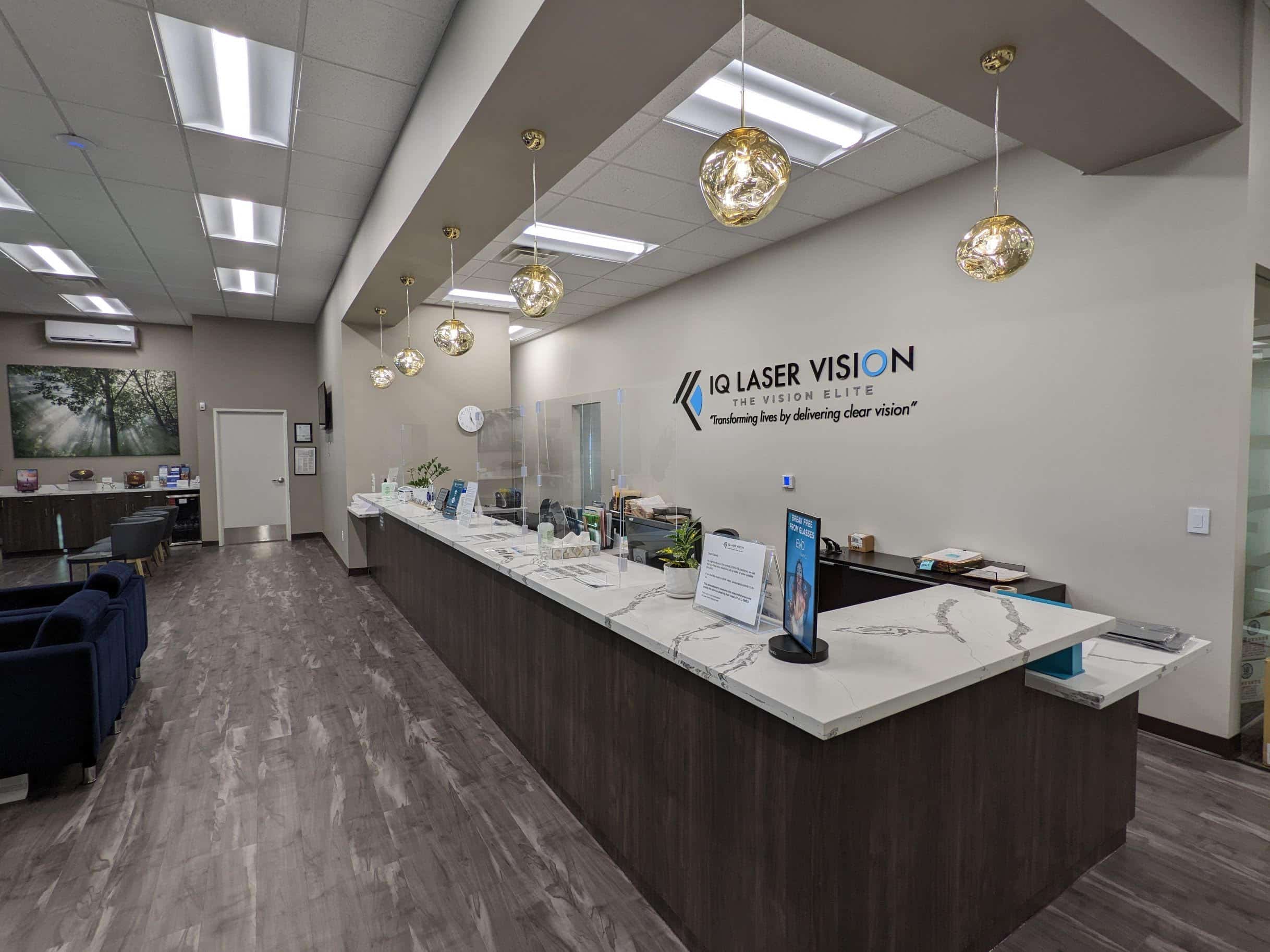Refractive eye surgery or laser vision correction is the term to refer to the surgical procedures. That correct common issues with vision like farsightedness, astigmatism and nearsightedness. These surgical procedures reduce your dependence on contact lenses and eyeglasses. By reshaping the cornea to help you get the most out of your eyes.
There are many different types of laser refractive eye surgery available on the market today. But the most popular option for most appears to be “LASIK” known as laser-assisted in situ keratomileusis. Like the other forms of refractive surgery that patients can choose from today. The LASIK procedure can reshape the cornea to allow light entering the eye. To focus more readily onto the retina and promote clear vision. In most cases, laser eye surgery with LASIK is completely pain-free. It can be completed on a walk-in basis within fifteen minutes.
Many people experience excellent results with LASIK, including improved vision within as little as 24 hours. Here’s everything you need to know about LASIK.
Getting Approved for LASIK Eye Surgery
To determine whether you’re well-suited for LASIK eye surgery, your doctor will perform a thorough examination of your eyes. They will look at everything from the thickness and shape of your cornea. To your pupil side, refractive errors that you may have, and any other eye conditions that are important to consider.

The moistness of your eyes may also need to be evaluated. Precautionary treatments might be recommended to ensure that you don’t suffer from eye dryness after your surgery. After all, LASIK can sometimes reduce tear production for a short period of time.
During an examination of your eyes leading up to LASIK eye surgery. Your doctor will generally use an automated instrument. Known as a corneal topographer to measure the front surface of your eye and it’s curvature. During this time, they can also answer any questions that you may have beyond “what is LASIK” and so on.
Thanks to the wavefront technology that is associated with custom LASIK. You may also undergo a wavefront analysis procedure. That will send light waves through your eye to provide you with a more accurate map of your vision. The eye doctorresponsible for your care will also discuss your general health with you. And any medications that you might be taking.
Remember, before you get your eye evaluation done, you’ll need to stop wearing your contact lenses to ensure that they don’t change the shape of your cornea.
How Does LASIK Surgery Work?
One of the biggest questions following: “What is LASIK?” is how is this procedure performed? TO begin with, your eye surgeon will use a tool known as a microkeratome or a laser to create a circular flap in your cornea. The surgeon will fold that flap back so that they can access the cornea underneath and remove any additional tissue that may be affecting your vision.
For people with nearsightedness, the goal of your surgeon will be to reduce the curve of the cornea, whereas with farsighted people, the cornea will need to be steeper. You can also have astigmatism correct by smoothing the cornea into a rounder shape.
In all cases, LASIK surgery involves using a cold ultraviolet light to remove very small amounts of tissue from the cornea. This makes sure that you can accurately focus light for better visual outcomes. Laser eye surgery with LASIK is generally painless, and it will only require topical drops after the surgery is completed. You do not need any stitches or bandages.
What are the Long-Term Results of LASIK?
LASIK eye surgery is a highly successful form of refractive surgery. Many patients are very happy with the results that they achieve, and most find that they experience a very significant improvement to their quality of life. Many people achieve 20/20 vision or better after their surgery is complete. You may still need to wear lenses or glasses after your vision correction, although you should find that your prescription level is a lot lower than it once was.
LASIK is also a very safe procedure, and there are very few risks associated with it. However, just like with any other form of surgery, complications can occur, so it’s important to follow the instructions that your surgeon provides carefully, and use the eye drops that they give you to ward off infection.
Infection is quite rare with LASIK, and it’s much more likely that you’ll experience something like halos, or nightglow for a few weeks after your procedure. Fortunately, these issues often disappear by themselves after a few weeks or months, and don’t require any additional treatment. Some people getting LASIK treatment will also need to take part in a small touch-up procedure a few months after the surgery to achieve their optimum visual results.
Choosing the Right Refractive Surgery
Choosing the right refractive surgery for you means remembering that there is more than just LASIK available for people who need help with their vision today. For instance, if you have a particularly thin cornea, then your doctor might suggest that you should consider PRK surgery or Zeiss SMILE instead of LASIK. PRK involves removing the layer over your cornea completely, and then allowing it to regrow naturally by itself. The PRK laser was actually used with great success long before LASIK surgery became popular. Today, it’s still one of the most common options out there, along with LASEK procedures.
There’s no one-size-fits-all surgery that’s right for everyone. The best way to make sure that you’re getting the treatment that is suitable for you is to speak to your surgeon and optical doctor about your options and participate in a complete examination. When your doctor has completed their examination they’ll be able to see whether LASIK is a good choice for you, or whether you might be able to get better results from a different type of refractive surgery. In some very rare cases, laser eye surgery might not be right for you at all, and your doctor will be able to inform you of this too.























